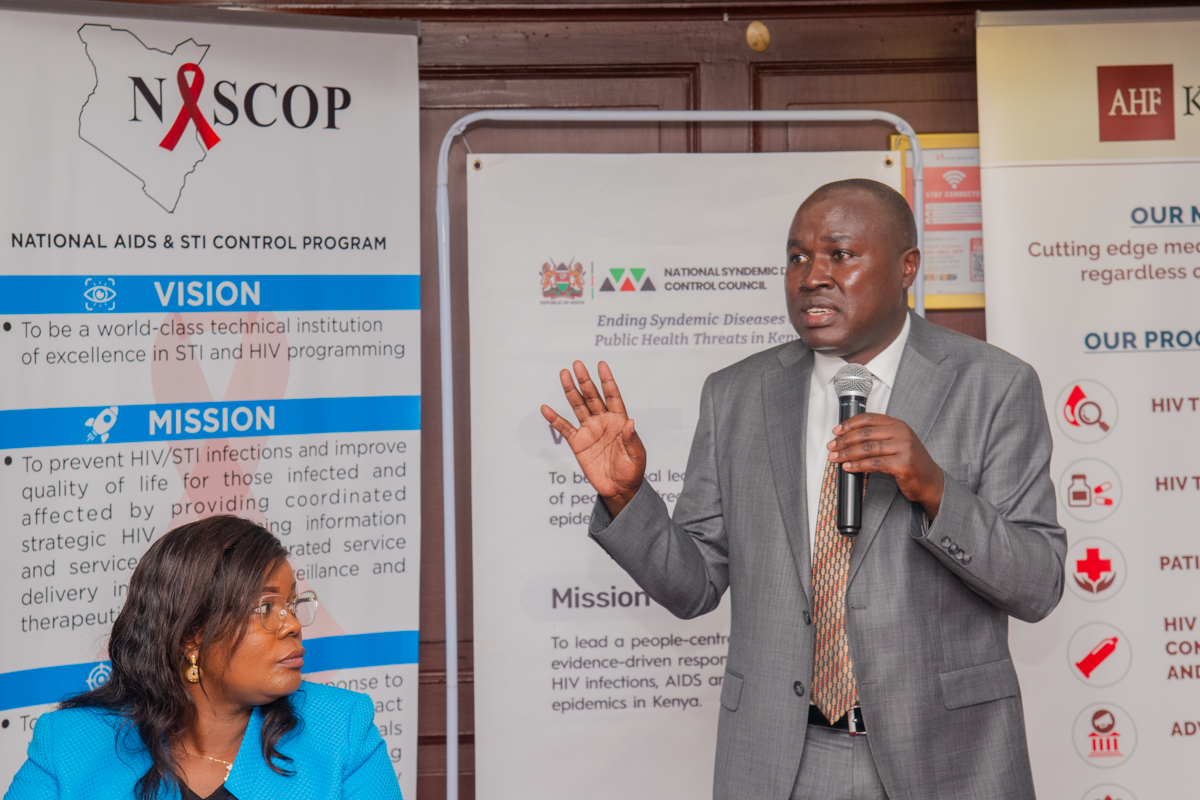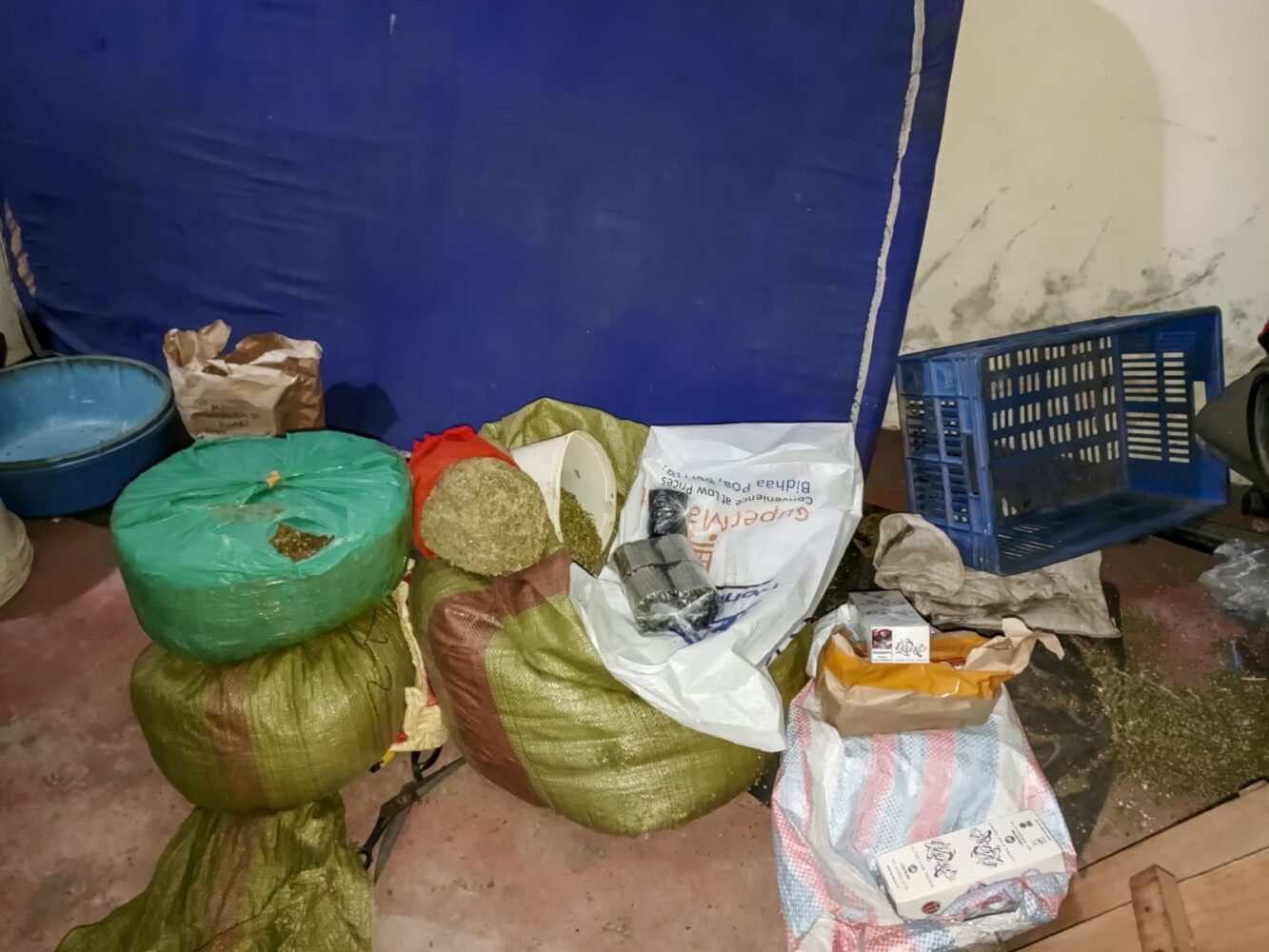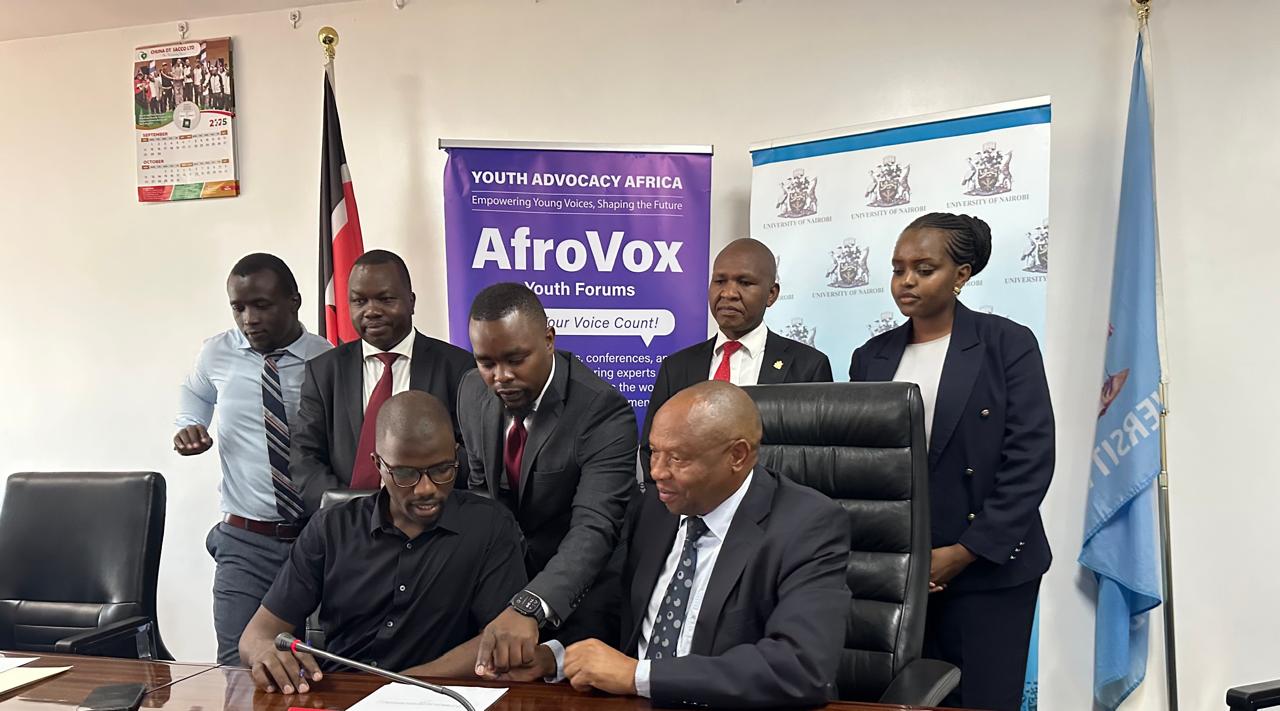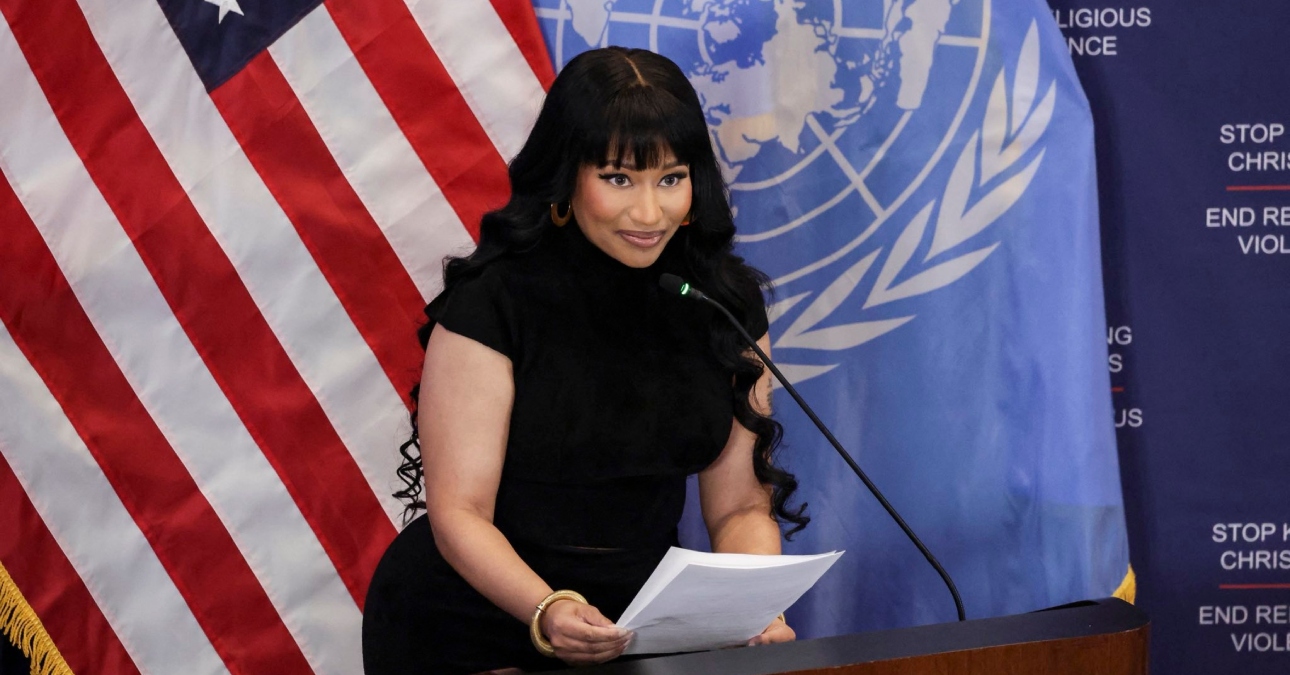Kenya has unveiled an ambitious national journalism award designed to reignite sustained, people-centred reporting on HIV, just as infections among adolescents and young people rise at a disturbing pace.
The Voices of Impact: HIV & STIs Media Awards 2026, launched by AIDS Healthcare Foundation (AHF) Kenya in partnership with NSDCC, NASCOP and the Media Council of Kenya, aim to draw journalists back into the centre of HIV storytelling at a time when the crisis demands renewed national focus.
The urgency is unmistakable. New HIV infections among adolescents aged 10–19 spiked by 34 percent within just one year, rising from 2,083 in 2023 to 2,799 in 2024.
Nationwide, Kenya recorded 19,991 new infections, signalling a reversal of decades of painstaking progress.
Today, an estimated 1.3 million Kenyans are living with HIV. Children now account for 22 percent of new cases, while adolescents and young people aged 10–24 represent nearly one-third of all infections.
At the launch, AHF Kenya Country Director Dr. Samuel Kinyanjui underscored the critical role of the media in shaping public awareness.
“Members of the fourth estate can change a national conversation with 600 words and a headline that fits on a smartphone screen. These Awards are a national nudge—a reminder that Kenya’s HIV story still matters.”
The call to action comes amid concerns that HIV coverage has dwindled in mainstream media, overshadowed by emerging crises and shrinking newsroom resources.
The new awards seek to reverse that trend by encouraging consistent, ethical and deeply human reporting.
At the heart of the competition is a grand prize of KES 500,000 and the title HIV & STIs Media Champion – Kenya (2026).
Journalists are invited to submit stories across key subtopics that remain central to the national response: HIV prevention, testing and treatment, treatment retention, stigma reduction, health equity, and gaps in policy or access to services.
Entries will be judged by senior journalists, public health experts and academics on accuracy, originality, ethical standards, innovation, storytelling quality and public engagement.
“Integrity is non-negotiable. No shortcuts, no favouritism,” emphasised Douglas Bosire, Acting CEO of NSDCC, noting that trust in public health journalism must be protected at all costs.
The awards launch is part of a broader campaign responding to what officials describe as a triple threat facing Kenyan adolescents: rising HIV infections, persistently high teenage pregnancies and escalating sexual and gender-based violence.
Though adolescent pregnancies have declined to 240,915 in 2024, girls aged 10–14 still account for nearly four percent of the total.
Cases of gender-based violence among children aged 10–17 climbed to 17,361 last year, while mother-to-child HIV transmission has risen to 9.3 percent, nearly double the global target.
These challenges carry a heavy financial cost. Kenya spends approximately KES 25 billion annually on HIV treatment, KES 46 billion on gender-based violence, and faces a projected 17 percent GDP loss over the lifetime of girls affected by adolescent pregnancy.
To galvanise national momentum ahead of World AIDS Day, organisers also announced a national half-marathon scheduled for November 30 at Nyayo Stadium, accompanied by county-level activities including medical camps, candlelight vigils, peer-led dialogues, dignity-kit distributions and town-hall forums.
According to Paul Oyier of the Media Council of Kenya, the awards are designed to revive journalism that is accurate, empathetic and grounded in the lived realities of Kenyan communities. “Kenya’s HIV story must be told with accuracy, empathy and courage—and we’re bringing journalists back to the centre of that story,” he said.
As infections rise and the triple threat tightens around the country’s youth, organisers say one thing is clear: strong, ethical journalism is not just a tool for reporting—it is an essential part of Kenya’s HIV response.
Submissions will be made through the official portal, www.voicesofimpact.site.
Organisers describe the initiative as a national movement rather than a mere award ceremony, aimed at strengthening health desks in media houses, increasing county-level reporting, deepening public discourse, improving accountability and accelerating Kenya’s progress toward ending AIDS by 2030.
“Words shape policy. Headlines shape public will. And stories change behaviour, Let us reclaim the HIV narrative, elevate the national conversation and protect a generation.”
Dr Kinyanjui concluded.











